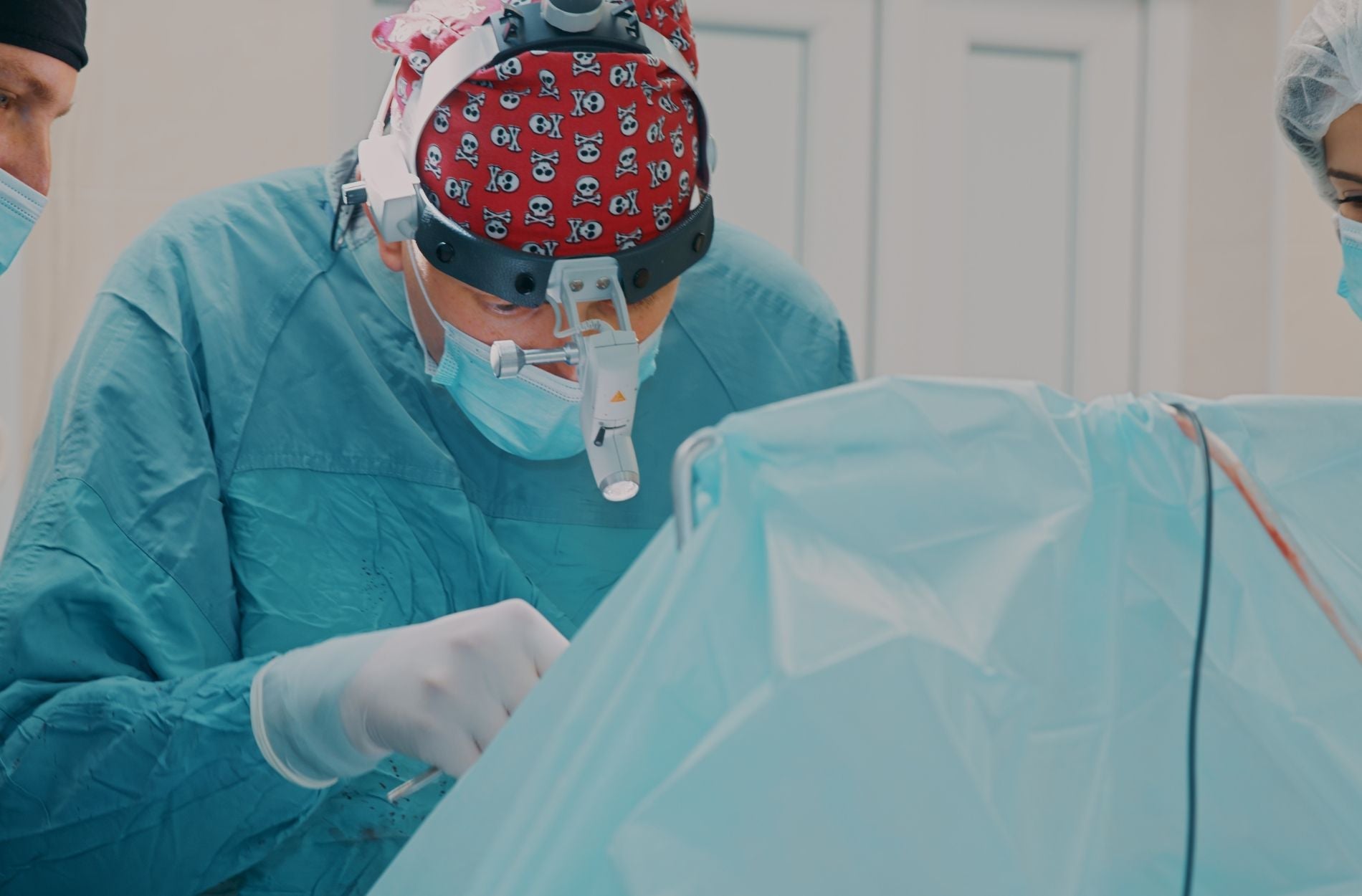

· By Trevor Horne
Problem-Solving With Headlamps In Dark Surgical Conditions
Proper lighting is a critical component of successful surgeries, helping surgeons see clearly and work with precision. When operating in the depths of human anatomy or dealing with fine details, even the slightest shadow can make a huge difference. This is where surgical headlamps come into play, providing the much-needed light to ensure safety and accuracy. By focusing light exactly where it's needed without any shadows, these headlamps become an invaluable tool for medical professionals, reducing the risks associated with poor lighting.
The significance of headlamps in surgery doesn't stop at just lighting up the area. They also allow surgeons to work hands-free, which is crucial during complex procedures. With advancements in medical technology, headlamps have evolved to offer adjustable intensity, ergonomic designs, and lightweight features. These improvements make them an indispensable part of a surgeon's toolkit, supporting better outcomes and a smoother workflow.
Challenges in Dark Surgical Conditions
Working in low-light environments brings several challenges to surgeons, affecting both their efficiency and the success of surgical procedures. Picture a delicate operation where the precision of a surgeon's hand depends entirely on what they can see. Inadequate lighting can obscure critical details, leading to errors that could have been easily avoided with better visibility.
Here are some common issues faced in dark surgical conditions:
1. Reduced Visibility: Without proper lighting, shadows can obscure the surgical field, making it hard to see vital anatomical structures.
2. Increased Risk of Errors: Poor lighting increases the likelihood of mistakes, especially when distinguishing between similar-looking tissues.
3. Eye Strain and Fatigue: Constantly working in dim conditions can lead to significant eye strain, making it difficult to maintain focus for long periods.
4. Prolonged Surgery Times: When lighting is insufficient, procedures can take longer than necessary, potentially increasing the risk of complications due to extended anesthesia.
The impact of insufficient lighting goes beyond the immediate challenges of the surgery itself. It also carries a ripple effect on the efficiency of the surgical team and the comfort of the patient. By addressing these lighting issues with high-quality headlamps, surgeons can greatly improve their working conditions and overall outcomes.
Benefits of Using Surgical Headlamps
Surgical headlamps serve as a beacon for precise work, including everything from delicate cuts to detailed stitching. The focused light they provide helps illuminate the exact spot a surgeon needs to see without lighting up the entire operating room. This hands-free solution doesn’t just brighten up the workspace; it also streamlines the procedure, allowing surgeons to focus better and work more efficiently.
By using headlamps, surgeons can avoid common pitfalls associated with poor lighting. Headlamps offer continuous, bright light, preventing shadows from hindering visibility. Surgeons can adjust the intensity according to the demands of the surgery, ensuring their eyes aren’t strained during long procedures. The result is improved accuracy and a significantly lower chance of making errors that might arise from unclear views or rushed decisions.
Key Features to Look for in Surgical Headlamps
When selecting a headlamp for surgery, certain features can make a substantial difference. Choosing the right ones involves considering several key aspects:
- Adjustable Brightness: This feature allows the user to modify the light intensity to match the needs of different procedures.
- Lightweight Design: A comfortable, lightweight headlamp reduces neck strain and fatigue during long operations.
- Battery Life: Long-lasting battery life ensures the headlamp remains bright throughout the procedure without interruptions.
- Ergonomic Fit: An ergonomic design ensures comfort and prevents distractions, allowing the surgeon to concentrate fully on the task.
These features contribute not just to improved performance but also to enhanced comfort during extended periods. An ideal headlamp provides the flexibility needed to adapt to various surgical environments and meet the specific needs of each scenario.
Choosing the Right Medical Technology Supplier for Headlamps
Selecting a supplier for surgical headlamps involves more than just finding the best price. It's about ensuring quality and reliability, which are critical for patient safety and a surgeon’s ease of use. Consider these tips when choosing a supplier:
- Read reviews from other medical professionals to gauge the supplier’s reputation.
- Check for appropriate certifications that guarantee the standards of medical equipment.
- Look for suppliers that offer warranties or service agreements for long-term assurance.
A trustworthy supplier should offer headlamps that meet all necessary safety requirements and user specifications, ensuring these crucial tools perform at their best.
Ensuring Success in Surgical Procedures with Proper Lighting
Proper lighting during surgeries can be the difference between routine success and unexpected complications. Surgical headlamps have transformed the way surgeons work by providing clear, consistent illumination that adapts to any situation. The advantages of using headlamps go beyond better visibility—they also enhance the overall flow of operations and patient outcomes.
By choosing the right headlamp and supplier, surgical teams can ensure that lighting becomes an asset rather than a hurdle. It allows for focused, precise work under even the most demanding conditions, helping surgeons deliver the best possible care.
Choosing the right headlamp is a step towards ensuring successful surgical outcomes. A reliable medical technology supplier is vital for high-quality equipment that meets professional standards. Trust ProNorth Medical with your surgical needs and explore their collection of surgery headlamps. Whether you're looking for innovation or dependability, make informed decisions by opting for a supplier that prioritizes quality and reliability.
